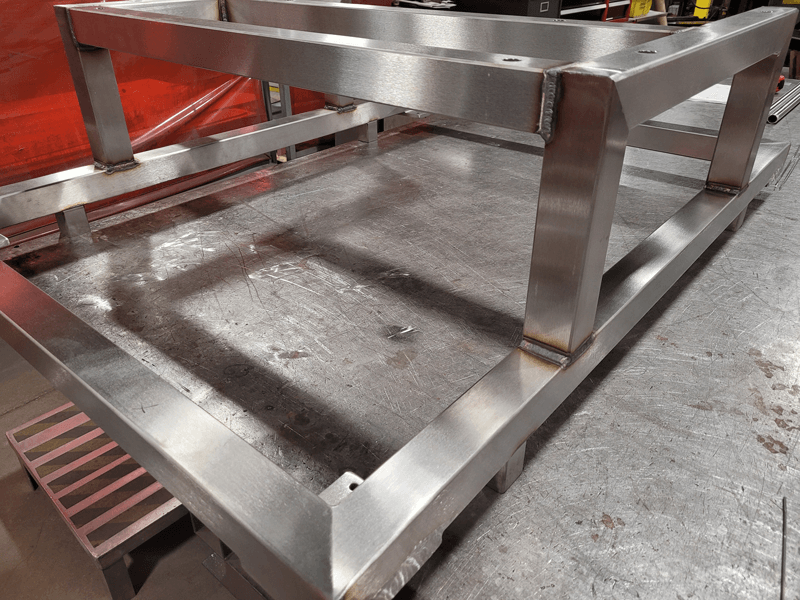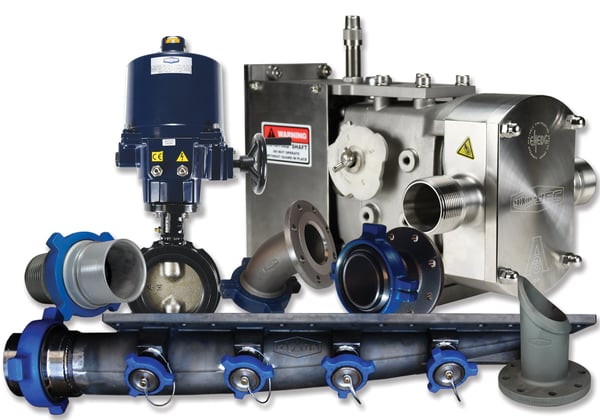Understanding the Versatility of a Chisel: A Comprehensive Guide
A chisel is a fundamental tool in various crafts and trades, known for its versatility in shaping, carving, and cutting materials like wood, metal, and stone. Whether you are a woodworker, metalworker, or stonemason, a chisel is an essential part of your toolkit. This article delves into the different types of chisels, their uses, maintenance tips, and their significance in modern applications, including their role alongside materials like geocomposites in construction and landscaping.
What Are the Different Types of Chisels and Their Uses?
Chisels come in various types, each designed for specific tasks. Here are some of the most common types:
- Wood Chisels: Used primarily by woodworkers, these chisels are designed for carving, shaping, and cutting wood. Examples include bevel-edge chisels, paring chisels, and mortise chisels.
- Cold Chisels: Made of hardened steel, cold chisels are used for cutting metals without heat. They are popular among metalworkers and are available in different shapes such as flat, cross-cut, and diamond-point.
- Stone Chisels: Specifically designed for stonemasonry, these chisels are used for carving and shaping stone and concrete. Point chisels, pitching tools, and masonry chisels are a few examples.
- Lathe Chisels: Used in woodturning, lathe chisels are essential for shaping wood on a lathe machine. Gouges, skew chisels, and parting tools are some examples.

How to Choose the Right Chisel for Your Needs?
Choosing the right chisel depends on the material you are working with and the task at hand. Here are some tips:
- Material Compatibility: Ensure the chisel is suitable for the material. For instance, cold chisels are ideal for metal, while wood chisels are designed for woodworking.
- Blade Type and Size: The size and type of the blade affect the precision and type of cut. For detailed carving, a smaller blade is more appropriate, while larger blades are suited for rough cuts.
- Handle Design: The handle should provide a firm grip and reduce vibration. Wooden handles are traditional, while modern chisels often feature ergonomic rubber handles for comfort.
- Quality and Durability: High-quality chisels are made from hardened steel and can withstand heavy use without losing their edge. Investing in a durable chisel ensures longevity and better performance.
How to Maintain and Sharpen a Chisel?
Proper maintenance is crucial for a chisel to perform effectively. Here are some maintenance tips:
- Regular Sharpening: A sharp chisel ensures clean and precise cuts. Use a sharpening stone or honing guide to sharpen the blade at a consistent angle.
- Keep it Clean: After each use, clean the chisel to remove debris and dust. Wipe it with a dry cloth and, if necessary, apply a light coat of oil to prevent rusting.
- Protect the Edge: Use a protective cap or sheath for the blade when not in use. This prevents accidental damage to the edge and ensures safety.
- Store Properly: Store chisels in a dry place, ideally in a tool cabinet or roll. Keeping them in a cluttered toolbox can cause damage to the blades.
How Are Chisels Used in Modern Construction and Landscaping?
Chisels play a significant role in modern construction and landscaping, especially in conjunction with innovative materials like geocomposites.
- Precision Work in Masonry: In construction, stone chisels are used for precise cutting and shaping of bricks and stones, ensuring a perfect fit. This is crucial when working alongside geocomposites, which are used for drainage, filtration, and reinforcement in retaining walls and foundations.
- Carving and Detailing: Chisels are essential for detailed work, such as carving decorative elements in stone or wood. This is important in both architectural and landscape projects where aesthetics and functionality meet.
- Integration with Geocomposites: When working with geocomposites, chisels are often used to shape and cut materials like stone or concrete to create a seamless integration. This enhances the effectiveness of geocomposite layers in controlling erosion and improving soil stability.
Chisels are indispensable tools across various trades and crafts, from woodworking and metalworking to masonry and construction. Understanding the different types of chisels, their uses, and maintenance is key to maximizing their potential. Additionally, in modern construction and landscaping, chisels are essential for precision work and play a crucial role in projects involving materials like geocomposites. Whether you are a professional or a DIY enthusiast, investing in quality chisels and proper maintenance ensures long-lasting and effective use.




